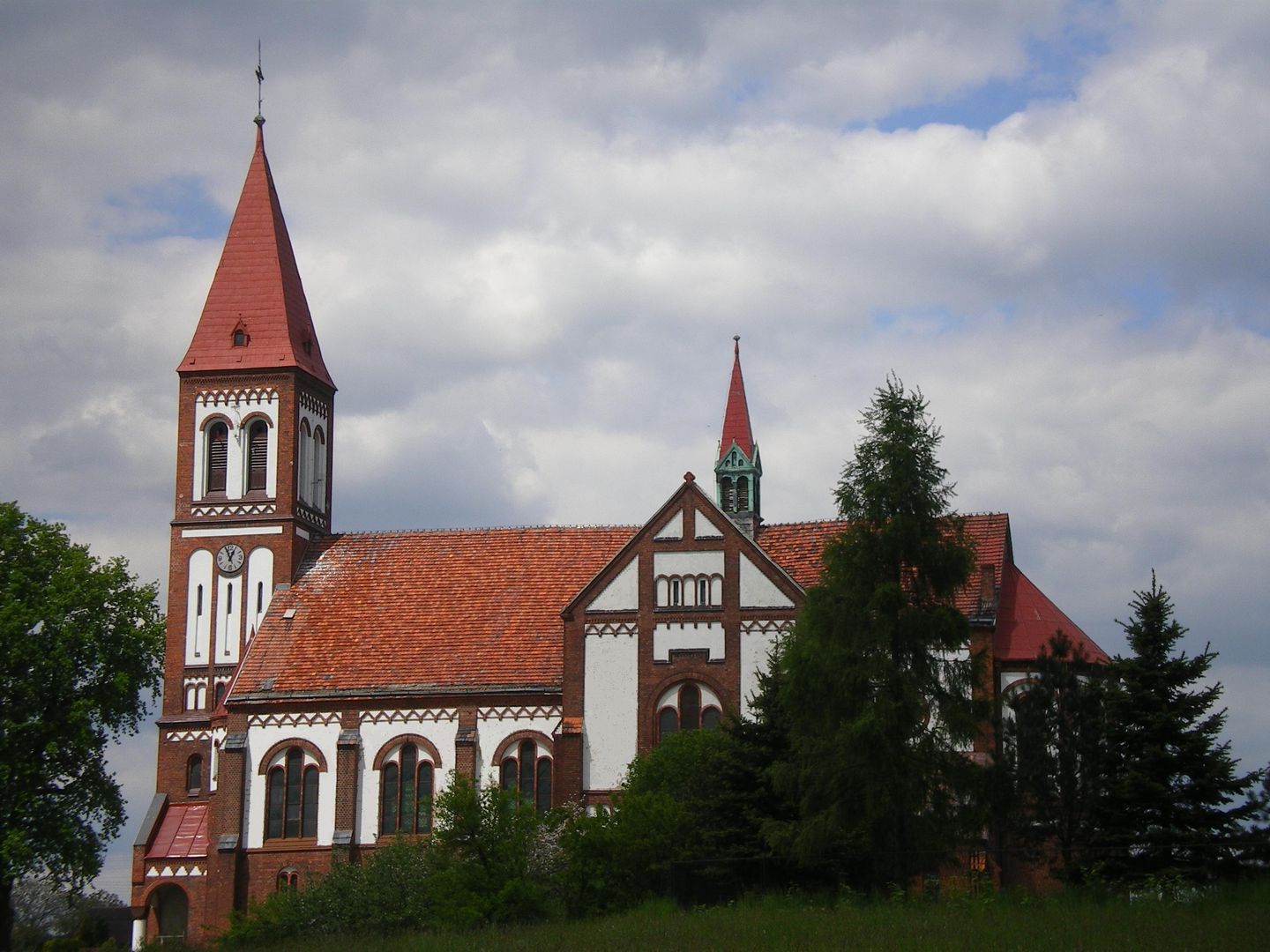Pstrożna
6.06

Overview
Pstrążna, a village located in the Silesian Voivodeship, boasts a rich history dating back to 1335. Its name, which has changed over the centuries, refers to the local presence of trout in the Suminka River. The history of the village is linked to numerous owners of the estate, including Mikołaj Mozga and Marcin Schultz, who in 1905 transferred the property to the Prussian treasury. After the war, the village was taken over by the Polish state, which led to further land subdivision and the establishment of peasant settlements. Architecturally, Pstrążna takes pride in its Neo-Romanesque parish church of St. Nicholas from 1905, built thanks to donations from local residents. The church features a single-nave structure, historic Neo-Baroque altars, and valuable statues. Additionally, next to the church, there is a cemetery with tombstones dating back to the early 20th century, as well as numerous crosses and shrines that enrich the village landscape. From a cultural perspective, Pstrążna witnessed dynamic changes, especially in education—schooling in Pstrążna, initially conducted in Polish, underwent transformation under German occupation. In the interwar period, the community engaged in activities of the Polish Insurgent Movement, and after World War II, numerous investments were made to improve the village's infrastructure, including the construction of a water supply system, a new primary school, and a sports field. Pstrążna is also a place where skirmishes took place during the First and Second Silesian Uprisings; local leaders such as Emanuel Szymera played a significant role. Interestingly, the village formed a parish community encompassing several nearby localities, and historical records show how administrative changes shaped its status. Despite its small size, Pstrążna thus has a rich historical, cultural, and architectural heritage that remains an important part of the region's legacy.
Location
2025 Wizytor | All Rights Reserved